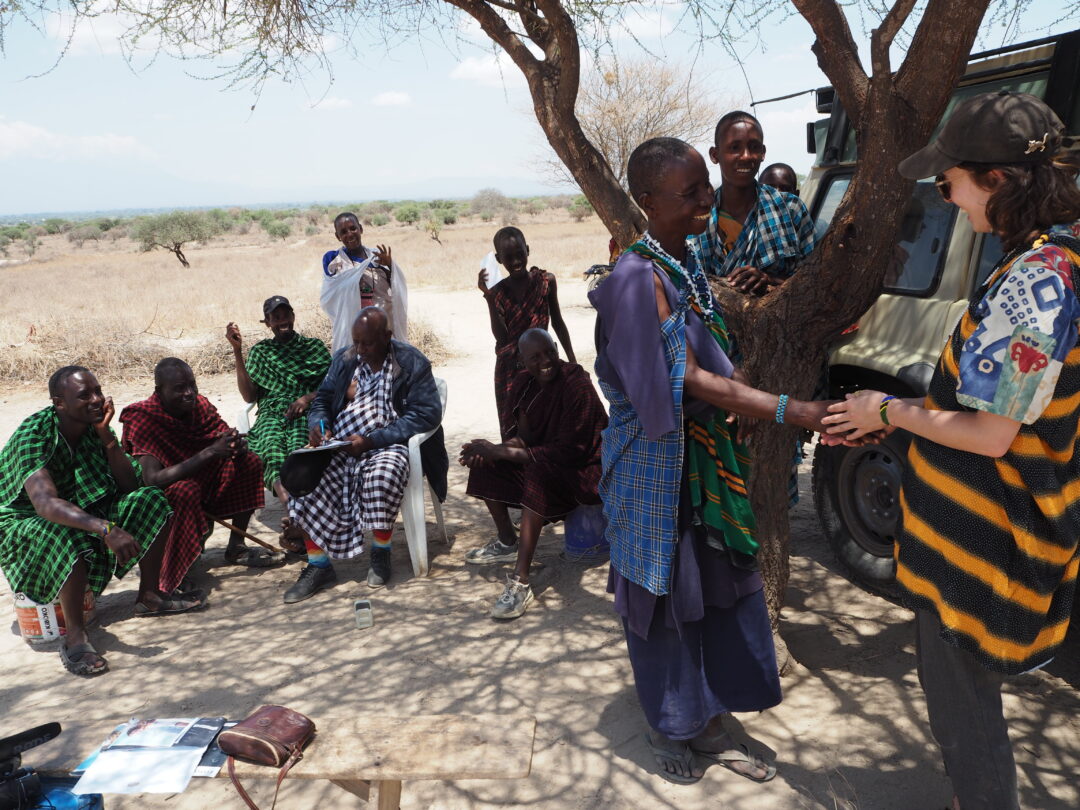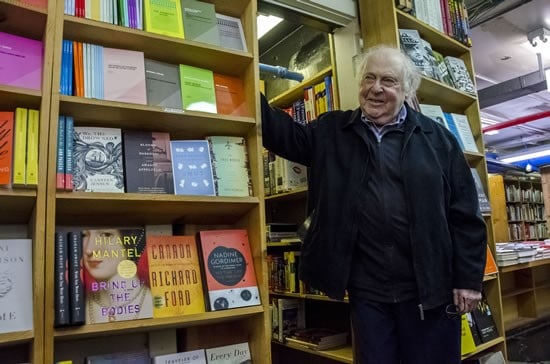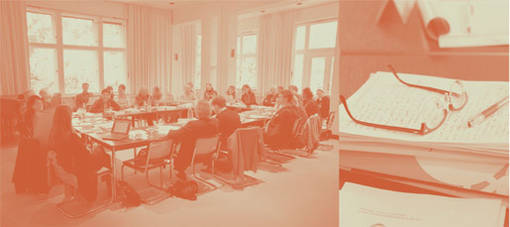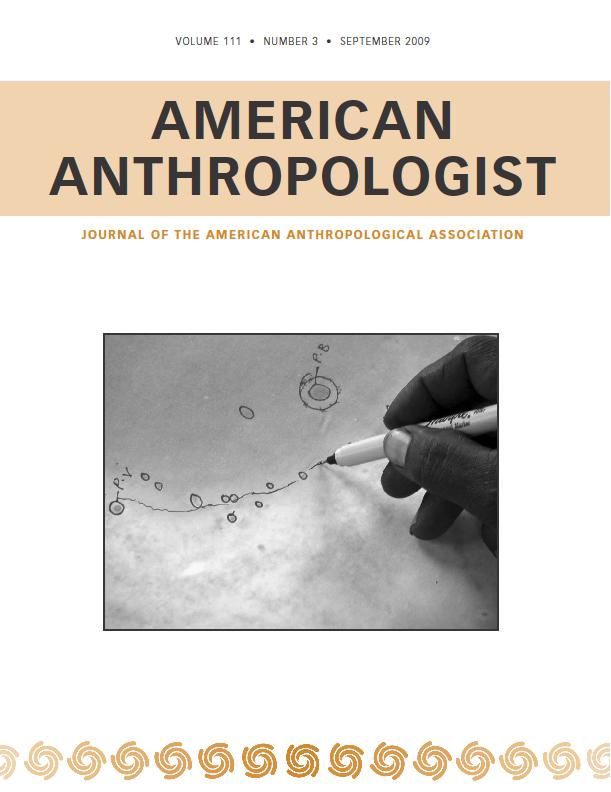We are a group of five, three men and two women, sitting in the shade of a Maasai hut in Oltukai, northern Tanzania. One of the men is pointing at me angrily and shouting in Maa (Maasai language). The intonation is demanding, but with my poor language skills, I am unable to understand what he wants me to do. He says “You should tell your father to give him back his things,” my friend Leah translates. My heart is pounding. I still don’t quite understand how we got to this point and what these men are so upset about. I am in Tanzania since two Month. It is my first time to visit this country and my first actual fieldwork too. It is not my first interview and it is not my first encounter with repulsion and anger towards me.
It’s December 2021 and I’m sitting under a tree in a village in northern Tanzania. On my lap is a stack of large-format laminated photographs. These photographs are copies of photographs that a German entrepreneur, passionate hunter and colonialist took during his expedition between 1896 and 1897. His name is Max Schoeller and he is visiting German East Africa to survey, to assess resources and prospective investment areas, to collect objects from the communities that are living here and to take photographs. Later he will donated these so called collections to German and Austrian museums in exchange for awards and prestige. At end of the 19th century the German military perpetrated extensive violence against the local population, euphemistically termed “punitive expeditions”. Throughout his travelogue, Schoeller repeatedly writes about the Maasai. However, encounters are rare. Drought, diseases and massive conflicts with the Moshi Military Station’s colonial administration, including so-called ‘punitive expeditions’, have weakened the Maasai and prompted migration with their herds north into the British ‘protectorate’.
I can see anger in my friend’s eyes. The anger is directed towards me and towards the world. I am angry too. We meet under this tree and share this feeling. Her anger resonates with me and at the same time, it unsettles because I am the one triggering it.
Also on this afternoon in December, we can barely escape the relentless heat. Like Schoeller and the Maasai in 1897 we are in the middle of a drought. Although the rainy season should have started in November, it has not yet rained. My friend is sitting next to me. She is a Maasai. In rural areas, most Maasai are pastoralists, i.e. cattle herders who travel long distances with their herds in search of pasture. We look through the photographs together. One image shows a group of cows. They are emaciated. My friend looks up. She looks me in the eye and asks what this is all about. What do I actually want here? Researchers come and go. They come and observe and then they leave to build their careers on what they have observed. “You profit from these pictures, just like them, but here, for us, for the Maasai, everything remains as it is.” “Because of colonialism”, I say, “because of our shared history” and “because these photos were taken by those who are responsible for the suffering and death of so many people.” The confrontation with the criticism of my friend forces me to look up from the photographs. I can see anger in my friend’s eyes. The anger is directed towards me and towards the world. I am angry too. We meet under this tree and share this feeling. Her anger resonates with me and at the same time, it unsettles because I am the one triggering it.
I entered the field with a well-planned set of ideas and methods and was then confronted with a multitude of frictions, irritations and ruptures that emerged from that framework. Things did not work out as I had planned. However, in retrospect, it was precisely the moments of friction and the affective dissonances between me and my interlocutors that helped me reflect on my own biases. I came to understand the interview-situations not as clearly delimited, rationally structured settings of data collection, but as affective arrangements, as “array(s) of persons, things, artifacts, spaces, discourses, behaviors, expressions, or other materials that coalesce into a coordinated formation of mutual affecting and being affected” (Slaby 2019: 109) and therefore as open ended moments of inter-relational coproduction. Bringing an object like a photograph into these encounters shaped what we felt and how we related to each other and changing these objects, or points of reference also changed the arrangements. Edwards describes photographs as “profoundly social objects of agency that cannot be understood outside the social conditions of the material existence of their social function; the work they do” (2012: 230). The way photographs act upon us, is dependent on our biographies and (affective) dispositions, on the contexts in which we exist, that shape us, on the structures of feeling (Williams 1977) in which we are situated and on our emotional repertoires (von Poser, Heyken & Hahn 2019).
What I thought and felt in relation to the photographs was often very different from what my research partners felt. Looking through the pile of photographs, the shift of the subject often first became tangible to me through shifts in the atmosphere. Even if my own feelings did not coincide with those of my research partners, within the affective arrangement of our interview, I resonated with their experience. For me, the object of my research changed in its relation to history and to me through our dynamic. I often felt that something was off, before my brain could process what had happened. These moments were most intense when what we had before us was suddenly no longer cheerful memories of times gone by, but traces of violence.
What triggered the intense dynamic described in the first encounter above was a shift in subject from my photographs to my colleagues’ photographs, which depicted ethnographic objects in the Ethnological Museum in Berlin. When I joined the project as a master’s student and research intern in 2020, Laibor Kalanga Moko, a Ph.D. candidate and Maasai himself, had already begun to work on a selection of sensitive Maasai objects from Tanzania. I came across the two albums of ethnographic photographs during my archival research and decided to shift my focus from objects to photographs, partly to differentiate my work from that of Laibor. I felt it would be a fitting complement to his research. Following a visual repatriation approach, I was interested in bringing back the knowledge attached to the photographic objects (Edwards 2012).
The shift from photographic objects to Maasai cultural objects depicted in photographs created a profound shift in the atmosphere. It caused our interviewees to confront me and hold me responsible for colonial violence and theft.
For Laibor, unlike me, the photographs were merely a means of showing interlocutors the objects that were held in the museum. The shift from photographic objects to Maasai cultural objects depicted in photographs created a profound shift in the atmosphere. It caused our interviewees to confront me and hold me responsible for colonial violence and theft. While the Schoeller photographs that depicted people, animals, landscapes and military scenes for our interlocutors were not directly connected to the traumatic histories in which they emerged, the photographs of “objects” held in the Ethnological Museum in Germany — in this case particularly a blue beaded necklace called Enkonongoi — where unambiguous witnesses of the violent killing of their community members. Showing these images changed the arrangement and the meaning of our meeting. It also changed the Schoeller photographs, which had previously been read as ambiguous but not particularly problematic or interesting. Furthermore, it changed the way I was perceived by my interlocutors.
As Oltukai lies between several world-famous national parks, encounters with tourists are a common experience. Therefore, all Wazungu (whites) are strongly associated with photography. Being associated with a camera was an omnipresent experience during my time in the field. For my Maasai interlocutors, photography embody both power and ambiguity, reflecting a critique of cultural exploitation by the tourist sector based on their daily encounters with tourists. Photographs are uncanny not only because of their production, but their circulation and consumption by strangers. This creates a sense of loss of control over the own image and the advantages that someone may gain from it. Photography is furthermore perceived as a harmful technology in itself (vgl. Behrend 2003). For many Maasai, being photographed has the potential to harm the individual, shorten their lives and diminish their strength. This is particularly true when a stranger takes a photograph of someone they do not know personally. As a Laibon, a spiritual specialist explained to me, this is because the photograph is not a representation of the person, but it is the individual themself. However, it should to be noted, that some people also rejected this as an older ‘belief’. Although people, especially the elderly, have uncanny feelings about being photographed, people do own photographs of themselves and enjoy looking at their own image. Moreover, the negative consequences and dangers of being photographed do not extend to an individual’s family or community. Women in Oltukai told me, that they were willing to let tourists photograph them in exchange for money, even though it could potentially harm them, because the money would help their children build a better life.
By changing the subject from photographs depicting unknown, long-deceased individuals taken by whites and kept by whites in the Ethnological Museum, to the objects, I transformed from a mzungu (Swahili for white person) going about her business researching a common wazungu medium into someone complicit in something that was highly concerning to them. By telling me to have my father return what belonged to them, they directly projected their felt injustice onto me. The dynamic shifted from abstract to highly personal. Even after, Laibor explained to them, that I was not at all personally responsible and had no direct family relations to any of the ‘collector’ the atmosphere stayed tense. The distance and professional attitude between us was gone.
For Maasai, they are Imasaa, which can be translated as belongings. Rather than property, Imasaa are parts of a person’s body. Therefore, they are inalienable and cannot be sold or gifted to anyone outside the community making the violent context of appropriation obvious to our Maasai interlocutors.
A ritual object that may be situated in the ethnological museum today is not only connected to its former owner, his family or his specific village but to the whole of the Maasai community. For Maasai, they are Imasaa, which can be translated as belongings. Rather than property, Imasaa are parts of a person’s body. Therefore, they are inalienable and cannot be sold or gifted to anyone outside the community making the violent context of appropriation obvious to our Maasai interlocutors. The violence transforms the Imasaa into dangerous entities – Ingweni that hold the capacity to harm both sides of a violent encounter – in this case the Maasai and the European societies or institutions. The Imasaa cause miscarriages, infertility, disease and even death, for example through natural disasters such as droughts. When we travelled to different households in 2021 and 2022, they often associated the ongoing drought, with the violent taking of their Imasaa. In order to break this power and restore the Imasaa, reconciliation must be carried out according to Maasai customary law (Moko 2023).
The shifting affective dynamics within the arrangement of our interviews forced me to re-evaluate my own perception of how the past transcends into the present and what demands it makes to the future. The affective dimension clearly shows which aspects are problematic and relevant and which are not. Tracking the shifting atmospheres and frictions between my own frameworks and the field allowed me to embrace the potential of these highly unsettling encounters rather than experience them as failures. They showed me what a photograph does and is and how it relates to the past and to colonial violence. As the research on photographs and cultural belongings show, time and space are not neutral or universal. Here and there, then and now, evolve from the perspective we take towards the world. Meanings and the relevance we ascribe to things evolve from our situatedness and are framed by the specific angle it dictates. Who’s perspective is acknowledged depends on relations of power. From the western scientific regime, one perceives objects and photographs within the museum alike as representations of a past-time and far away cultures. However, this is only one possible version of the world and of time, presence, future and past.
References:
Edwards, E. (2012). Objects of Affect: Photography Beyond the Image. Annual Review of An-thropology, 41(1), 221-234.
Fienup-Riordan, A. (2003). Yup’ik Elders in Museums : Fieldwork turned on its head. In L. Peers & A. K. Brown (Eds.), Museums and source communities : a Routledge reader. London: Routledge.
Moko, L. K. (2023). Sensing the colonial order of things : Maasai materialities and ethnographic museums. Freie Universität Berlin.
von Poser, A., Heyken, E., Ta, T. M. T. & Hahn, E. (2019). Emotion Repertoires. In J. Slaby und C. von Scheve (Hrsg.). Affective Societies. Key Concepts, 241–251. London, New York: Routledge.
Slaby, J. (2019). Affective Arrangement. In J. Slaby & C. von Scheve, (Hrsg.). Affective Societies. Key Concepts, 109–118. London, New York: Routledge.
Williams, R. (1977). Marxism and Literature. Oxford: Oxford University Press.




